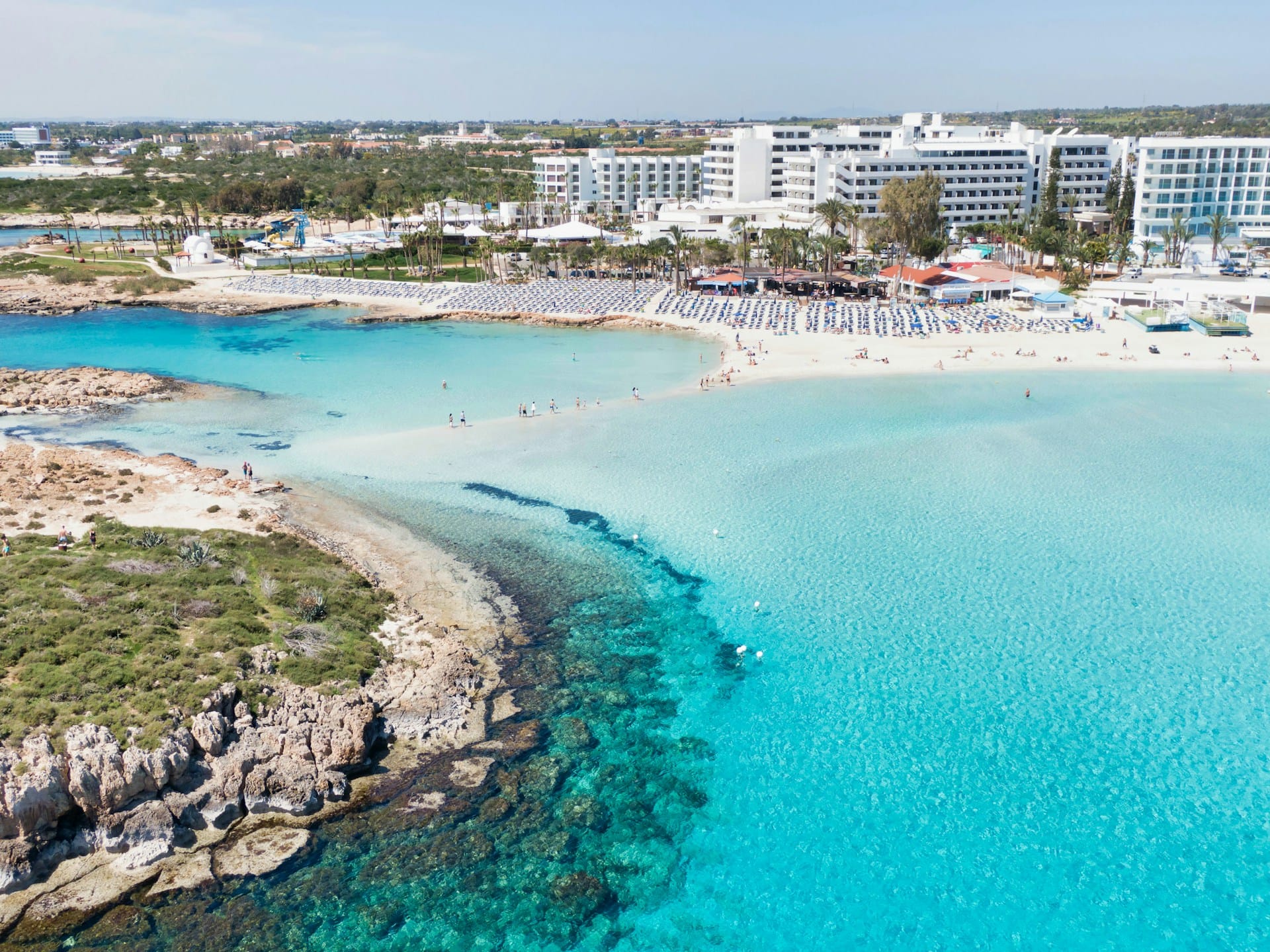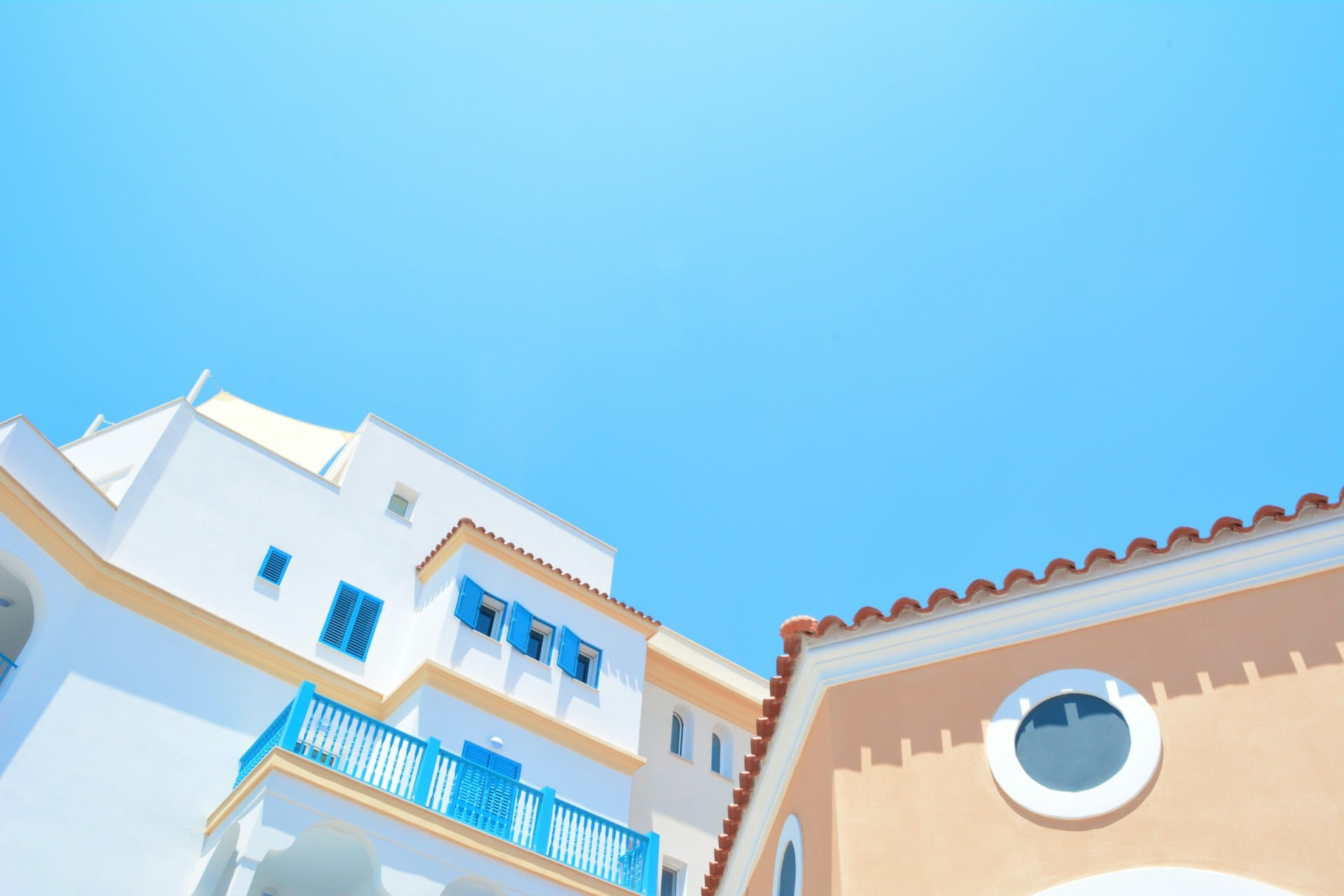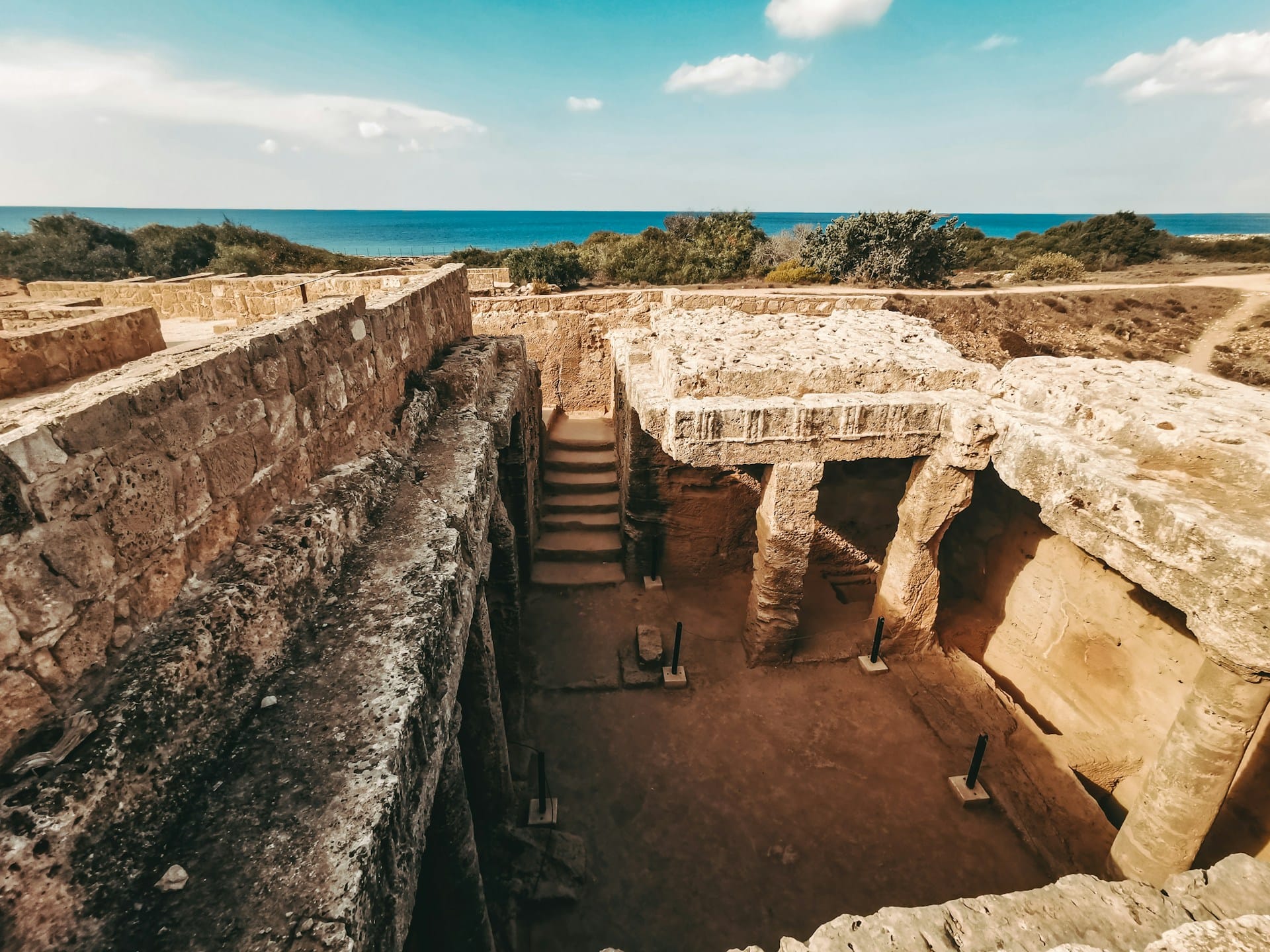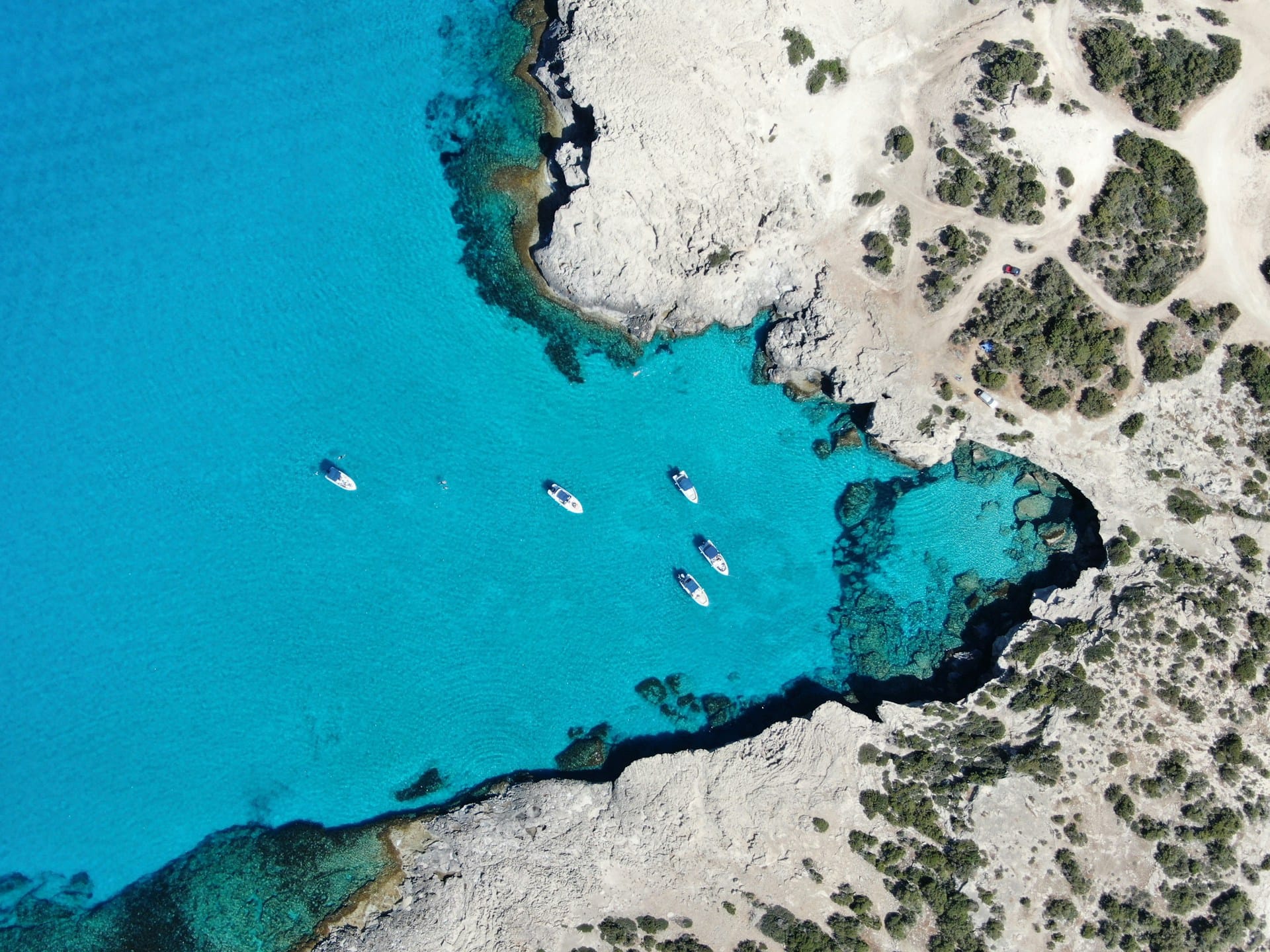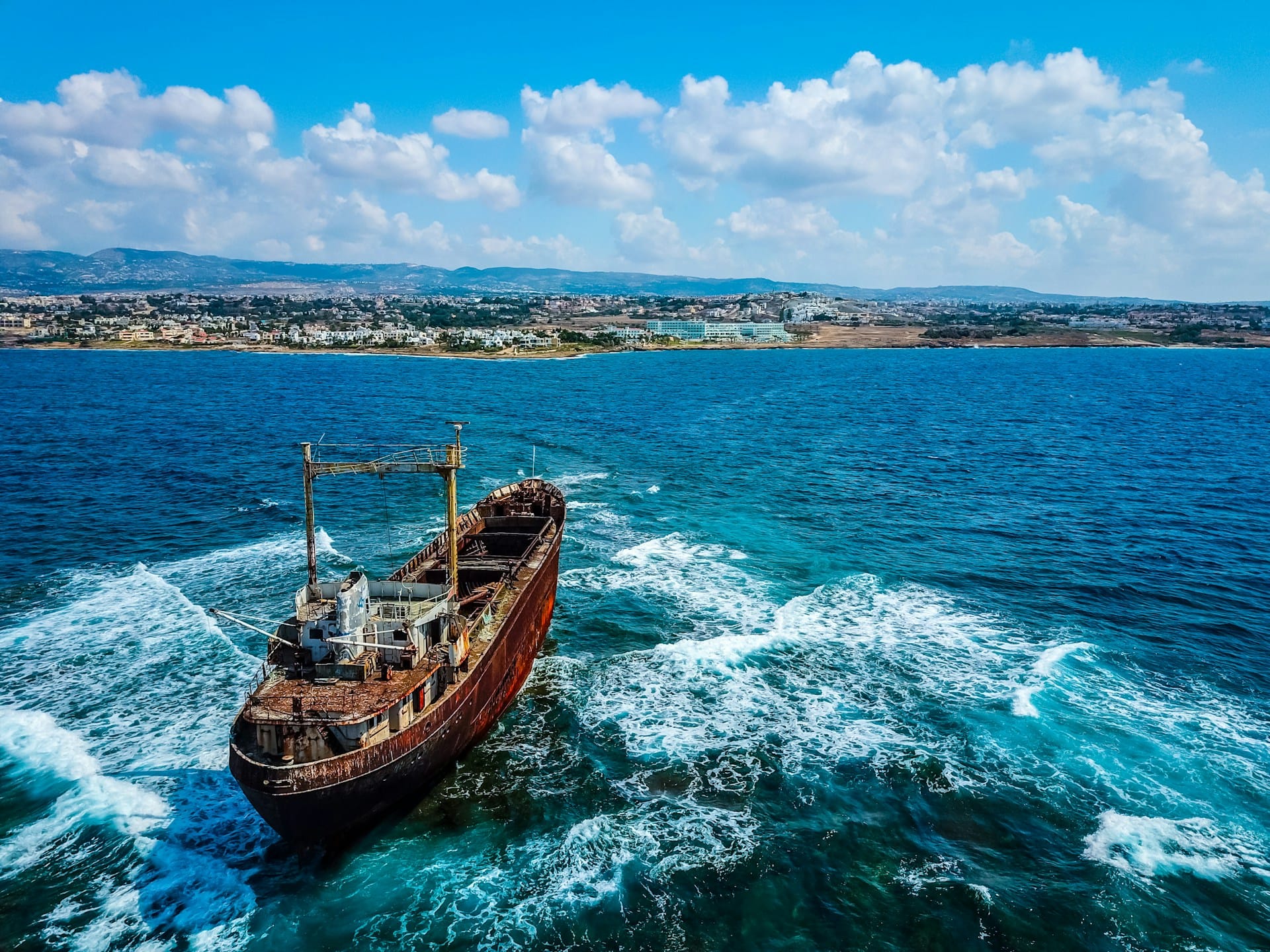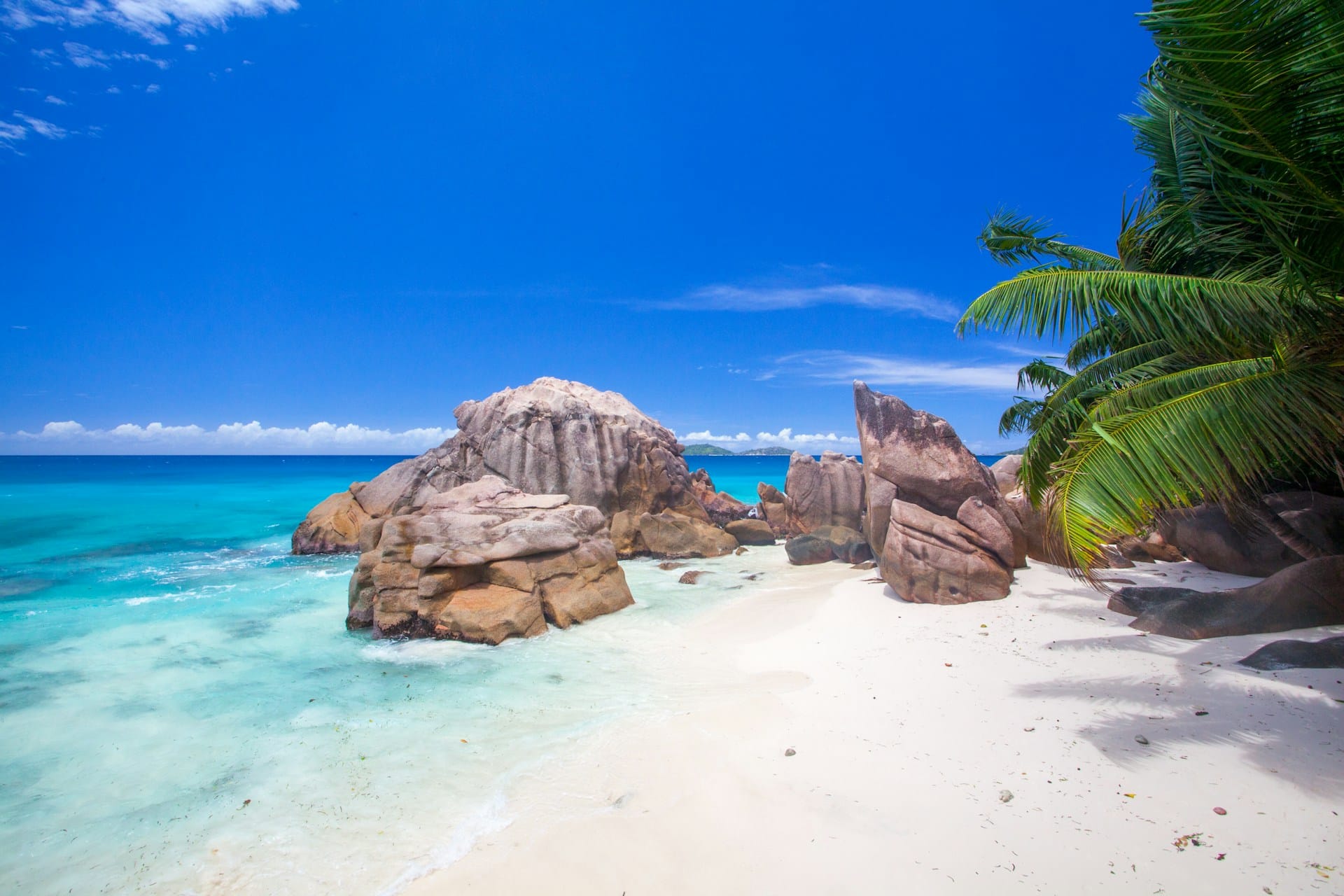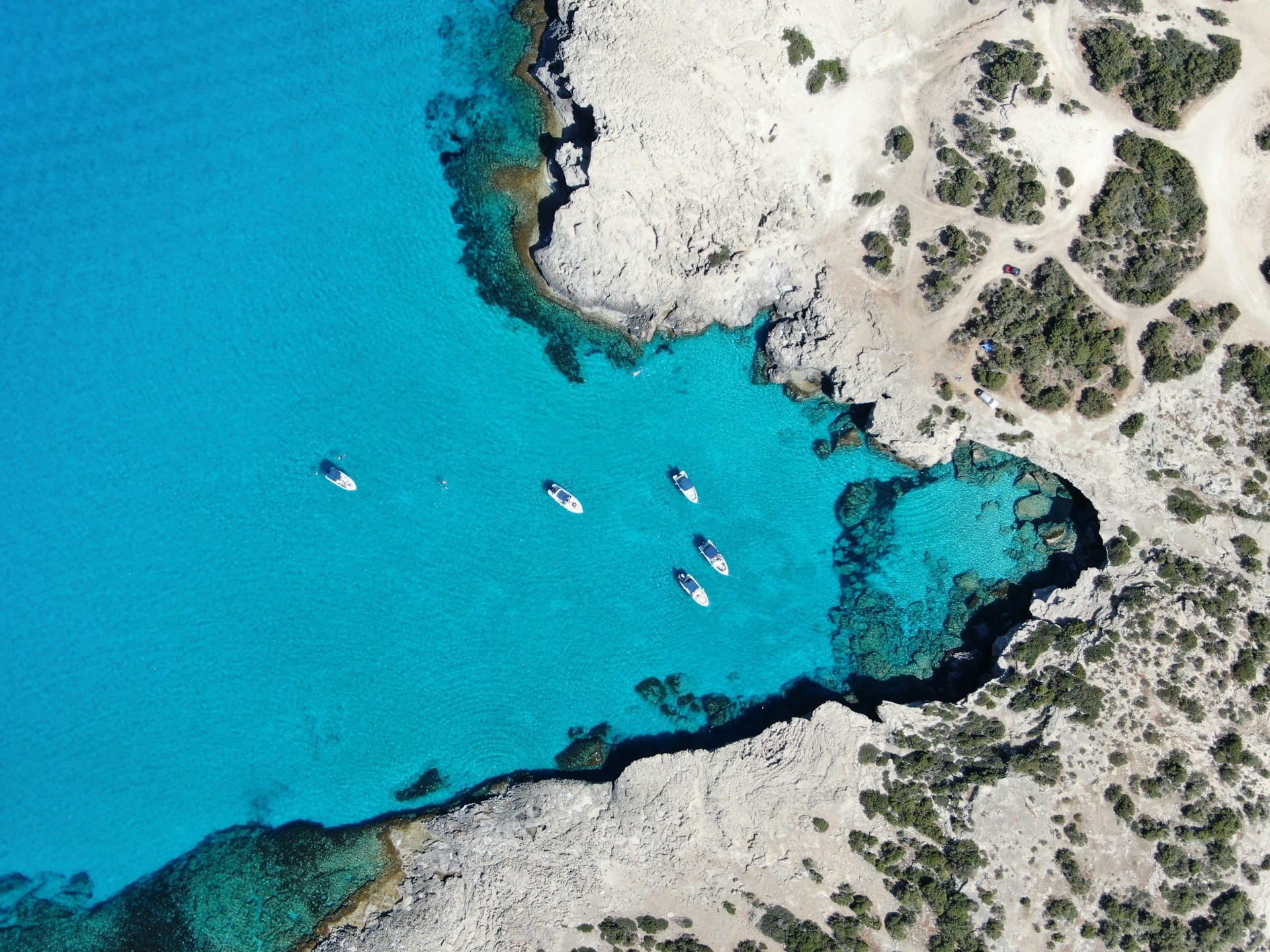
Cyprus Travel Guide
Cyprus is the third largest island in the Mediterranean Sea and one of its most popular tourist destinations, occupying an area of 3,500 square miles with a coastline of approximately 400 miles. Although the island is geographically in Asia it is politically a European country and is a member of the European Union.
Cyprus has a rich history, spanning over 10,000 years. There are many archaeological and antiquities sites scattered around the island, dating from the New Stone Age through to the Roman Empire.The earliest known human activity on the island dates back to around the 10th millennium BCE. Archaeological remains from this period include the well–preserved Neolithic village of Khirokitia, which has been declared a World Heritage Site by UNESCO, along with the Tombs of the Kings.
Cyprus gained its independence from the United Kingdom in 1960. Despite a constitution which guaranteed a degree of power–sharing between the Greek Cypriot majority and the Turkish Cypriot minority, the two populations with backing from the governments of Greece and Turkey, respectively clashed in 1974, with the end result being the occupation of the northern and eastern 40% of the island by Turkey. In 1983, the Turkish–held area declared itself the "Turkish Republic of Northern Cyprus". So far, only Turkey recognises the TRNC, while all other governments and the United Nations recognise only the government of the Republic of Cyprus over the whole island.
Contrary to what many people believe, Cyprus is not part of Greece, however Greek is the main language spoken in the south of the island. In the northern part of the island, the TRNC, since the island has been divided, Turkish is the official language. Although, perhaps best known for its sunshine packed coastal beaches, Cyprus is also blessed with rolling hills, pine forests and stunning mountain ranges, the Troodos Mountains in the south west and the limestone range of Kyrenia in the north.
Where to stay
There are four main cities on the island, with Lefkosia (Nicosia), is the islands capital and located in the centre, and Larnaka (Larnaca), Lemesos (Limassol) and Pafos (Paphos) along the southern coast. All four cities offer a combination of old and new, with busy modern commercial and business centres and old town centres with picturesque historical buildings, where you can wander along narrow streets and browse through interesting markets and shopping centres.
Nicosia (Lefkosia), the capital, offers a wealth of history, is characterised by its old quarter which is surrounded by a well preserved Venetian sandstone fortress wall, beyond which spreads a cosmopolitan city filled with wonderful bars and restaurants. Today, Nicosia is a divided capital, as it is also home to the 'Green Line' buffer zone – the dividing border with the Turkish part of Cyprus, cutting through its centre.
Limassol (Lemesos) the islands second largest city, is the centre of the wine industry and a bustling holiday resort, renowned for its varied nightlife, while Larnaca (Larnaka), with its marina and palm–lined promenade, has important shrines to both Christianity and Islam. Pafos to the west is an archaeological treasure trove, with some of the finest mosaics in the Mediterranean.
Things to see and do
Cyprus boasts a variety of attractions, including Choirokoitia, one of the best preserved sites of a prehistoric settlement found in the Eastern Mediterranean, with its reconstructed round dwellings giving a vivid representation of what life was like at the dawn of civilisation. Much significance lies in the evidence found here of an organised functional society in the form of a collective settlement, with surrounding fortifications for communal protection.
Admire the exquisite floor mosaics of the Roman villas depicting scenes from mythology, arguably the best in the eastern Mediterranean.
The impressive underground Tombs of the Kings are a popular site, owing their name to their size and splendour, the tombs date to the Hellenistic and early Roman periods, and are carved out of solid rock and decorated with Doric pillars.
There are also many examples of Byzantine art which have survived on the island, and you can see displayed in Cyprus painted churches with their colourful frescoes, ten of which have been put on the UNESCO World Heritage List.
What to eat
Taramosalata, a typical Cypriot dish, is traditionally made out of taramas, the salted roe of the cod or carp. The roe is either mixed with bread crumbs or mashed potatoes. Parsley, onion, lemon juice, olive oil and vinegar are added and it is seasoned with salt and pepper.
Halloumi cheese is a uniquely Cypriot cheese, made from a mix of cow's and sheep's milk. Hard and salty when raw, it mellows and softens when cooked and is hence often served grilled. Halloumi was initially made during the Medieval Byzantine period, subsequently gaining popularity throughout the Middle–East. Halloumi (Hellim) is commonly served sliced, either fresh or grilled, as an appetiser.
Dolmades – stuffed vine leaves. Other traditional delicacies of the island are meat marinated in dried coriander, seeds and wine, and eventually dried and smoked, such as lountza (smoked pork loin), charcoal–grilled lamb, souvlaki (pork and chicken cooked over charcoal), and sheftalia (minced meat wrapped in mesentery). Pourgouri (bulgur, cracked wheat) is the traditional carbohydrate other than bread, and is used to make the Cypriot delicacy koubes.
